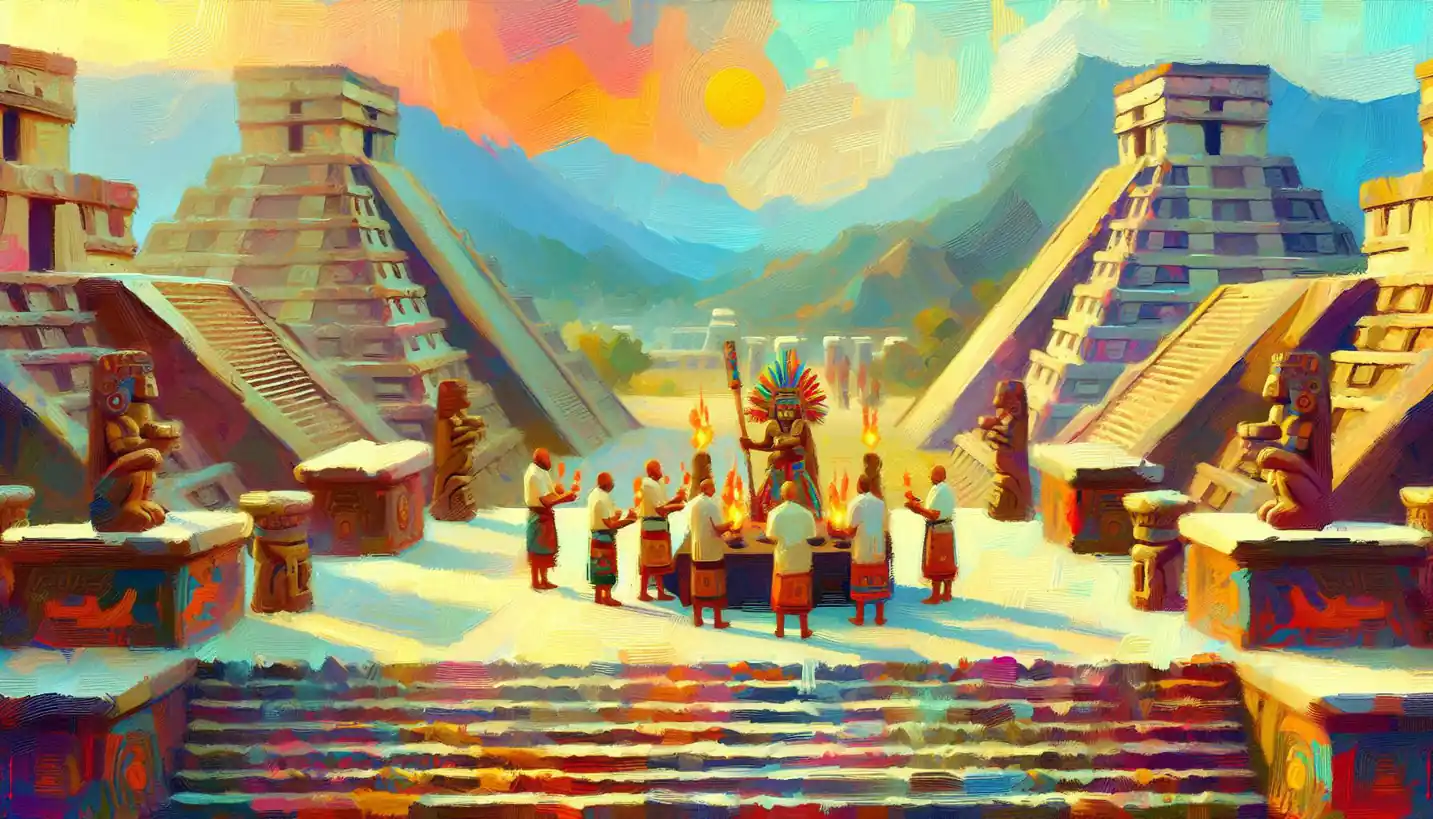· History · 4 min read
Migration Patterns: An Unfolding Journey Through Time
Migration patterns reveal the dynamic flow of people over time. Understanding these movements uncovers profound stories of change and adaptation.

Exploring migration patterns is like sifting through the pages of a living history book. People have been relocating for countless reasons, each movement shaping cultures and societies over time. This fascinating journey helps us understand how we arrived at today’s interconnected world.
Human migration is often linked to the pursuit of better opportunities or the need to escape unfavorable conditions. Think of it as nature’s way of ensuring survival. Our ancestors, for instance, moved across continents in search of more hospitable environments, richer resources, and safer habitats. They didn’t have the internet or GPS, but their instincts and experience guided them to new homes.
In ancient times, large groups of people moved due to climate changes, like the drying up of land or the onset of an ice age. Agriculture also played a pivotal role. When people discovered farming, they settled down, leading to the birth of villages and cities. However, these developments didn’t stop migration; they transformed it. Instead of wandering nomads, families became traders, spreading ideas, language, and customs across lands.
The Silk Road is a perfect example. This ancient network of trade routes didn’t just carry silk; it was a cultural highway, moving goods, ideas, and even religions between East and West. Imagine traders from distant lands sharing discoveries and friendships over cups of tea, leaving lasting impacts on each other’s worlds.
The Age of Exploration marked another significant wave of migration. When Columbus sailed the ocean and other explorers followed, it wasn’t just lands that were discovered; whole continents began to exchange people. Europeans moved to the Americas in search of wealth and new beginnings, radically altering the cultural tapestry of those lands.
But migration hasn’t always been a choice. The Transatlantic Slave Trade is a harsh reminder of forced migration. Millions of Africans were forcibly relocated, creating a diaspora that still influences cultures and identities across the globe today.
Fast forward to the 19th and early 20th centuries, and we witness massive waves of migrants crossing oceans. Famine, war, and persecution pushed many Europeans to seek new lives in places like North America and Australia. Ellis Island in New York opened its doors to millions eager for a fresh start, metaphorically representing the gateway to newfound freedoms and possibilities.
Modern migration patterns are influenced by globalization. As the world shrinks figuratively, thanks to technology and transport, opportunities widen. Economic disparities, political conflicts, and environmental changes drive people to new realms. Think of all the diverse communities shaping metropolitan cities nowadays. They’re a testament to ongoing migration patterns, where different cultures blend and enrich urban life.
Besides economic and political reasons, modern migration can also result from natural disasters or climate change. Rising sea levels and extreme weather are forcing some coastal communities to relocate, reminding us that nature still plays a role in determining where people live.
Immigration policies worldwide are another layer affecting migration patterns. Countries balance their needs for skilled labor with the desire to manage resources and cultural integration. Border laws and refugee programs demonstrate the complex puzzle modern nations face in addressing migration.
As we gaze into the future, migration’s role becomes crucial in addressing global challenges. It’s not just about where we live; it’s about building inclusive societies, sharing knowledge, and nurturing empathy among diverse populations. How we handle migration may influence innovations, economic growth, and even geopolitical landscapes.
Migration patterns tell stories of survival, adaptation, and hope. They show us the resilience of the human spirit and the unbroken drive to explore, discover, and connect. As we piece together the past, present, and future of migration, we gain a profound appreciation for the tapestry of human history—and an understanding that we’re all part of an ongoing journey.
By looking at migration with curiosity and an open heart, we find commonalities among diverse paths and experiences. We learn that movement isn’t just a past phenomenon but a living thread weaving through every generation and community worldwide.
Migration involves more than just physical relocation; it involves exchanging ideas, customs, and life stories. In essence, exploring migration patterns is exploring humanity’s shared voyage, witnessing how we flourish and grow through each step and crossroad we encounter.


